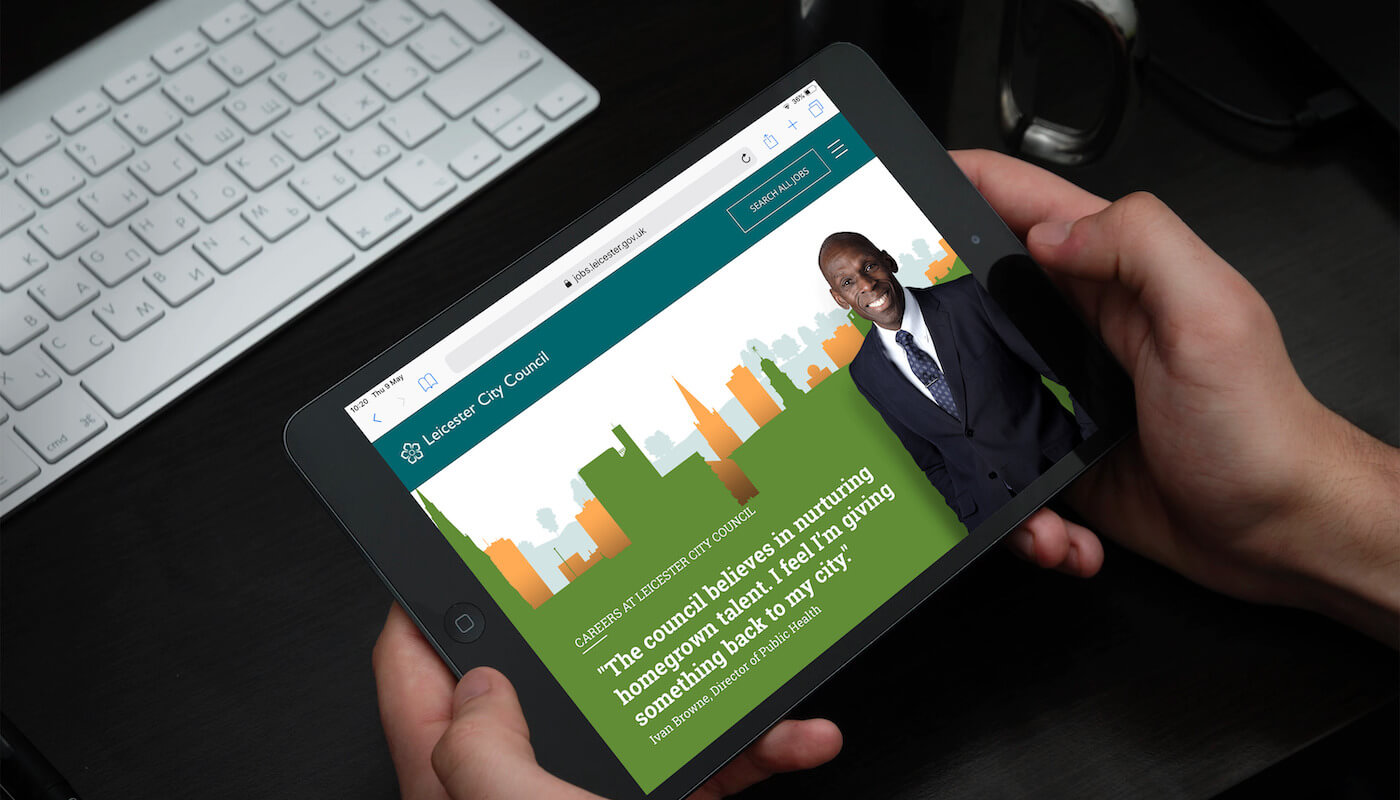This week I was asked to help a client build a business case for developing a careers website to support the applicant tracking system (ATS) that they have just purchased. Now I have to admit I was a little stunned, I haven’t had to do this for about five years. But being the helpful soul that I am, I pulled together the following information. So I thought I would share it.
The short answer is yes. Obviously.
Your ATS is going to play an important role in accepting online applications and managing candidates, but it is your careers website that is going to convince a job seeker to apply in the first place. While technology will help you streamline your recruitment process, it won’t answer some of the key questions that a job seeker may have:
- Why should I work for you?
- Where would I fit in?
- Can you offer me the career I am looking for?
- What is it really like to work there?
Your careers website is likely to the first place that a job seeker will be exposed to your employer brand. But the demands of a job seeker are increasing all the time. They are no longer interested in simply finding a job, they are looking to your website to give them an insight into what it is actually like to work for you. To offer more than a job search engine and online application form, but also information into your culture, values, rewards and benefits, training and development – in fact anything that will help position you as an employer of choice.
By investing in your careers website, you can:
- Take ownership of the site. The structure, design and content of the website is totally in your hands.
- Get indexed by Google. Chances are your ATS won’t get indexed properly by the major search engines, but your careers website most certainly will.
- Portray the personality of your company. Focusing on the opportunities, rewards and people that make you successful, not just the service that you offer.
- Develop the site with your target audience in mind. After all, your audience is likely to be different to that of your corporate website.
- Show visitors where they could fit in. However complex your company, your site should be able to clearly show the wide range of opportunities that are available.
- Personalise someone’s experience. It could be that someone looking for a customer service job will have a very different experience to someone looking for a senior marketing role. So tailor the information that you deliver to a specific audience.
- Help job seekers see whether they are culturally a good fit. Your website should be as successful at deterring the wrong people from applying as inspiring the right ones to.
- Place your people at the heart of the site. Your current employees are your best advocates; use them to deliver key content. It will make the messages you are sharing feel more authentic.
- Let them see what you have to offer. Whether it is your rewards and benefits, commitment to learning and development or even your approach to inclusion and fairness in the workplace.
- Give your people a platform to share. The personal and professional networks of your current employees are likely to be rich with talent. By creating great content and encouraging your people to share it, your message will be spread way beyond the boundaries of your site.
- Include interactive features. The more visitors interact with your site, the longer they will stay on it and the more they will learn about you.
- Include film. Videos receive 25% more engagement than other forms of content and they are a great way to provide an insight into life at your company.
- Embrace social media. Not only will content pulled through by social media offer a more real and less corporate view of your company, it is great for your Google ranking as well.
- React quickly to your recruitment challenges. Post latest news, updates and stories on your site to support key pieces of recruitment. Don’t just post a job, tell the story about how the job came about, the importance of the role and really ‘sell’ the opportunity.
- Optimise and change it. If something on the site isn’t performing as well as you would expect then change it. Your site should grow with you as an organisation, allowing you to add, remove or improve sections to meet the needs of the modern job seeker.
- Measure it. Google Analytics implemented on your website and ATS will give you a level of real-time insight so good that you wondered why you hadn’t done it before. Traffic levels, acquisition channels, devices, activity, applications made and (in some cases) hires made.
From our experience the outcome of this investment will be higher quality applications as they are being made by more informed candidates who have absorbed all the rich content that you have provided them with. These highly engaged applicants should already be a good cultural fit for your business as they have seen what you have to offer and still really want to work for you.
Crikey. The long answer was pretty long wasn’t it?


